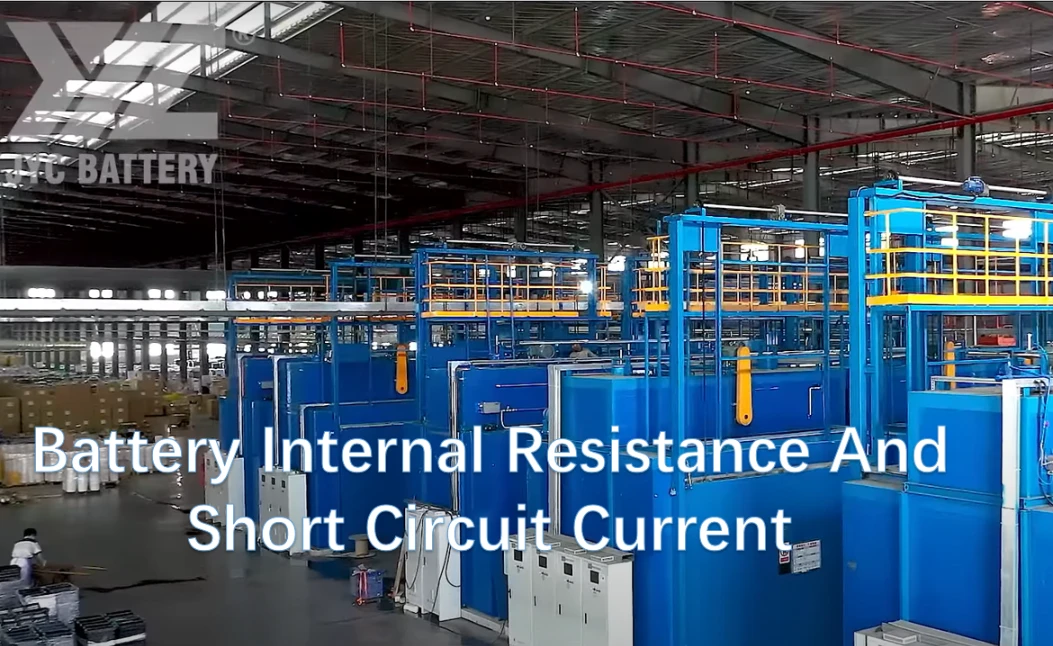
You can see lead acid batteries being used everywhere. Everyone has used batteries before and is familiar with them. The phrase “internal resistance” refers to each battery’s resistance to current flow. The resistance to current flow that cells and batteries themselves provide is known as internal resistance. This is caused by the materials that were used to make the batteries.
Zinc, carbon, lithium, mercury, silver, and others are common battery components. They aren’t all the best electrical conductors, though. Finding a battery with no internal resistance will therefore be difficult, if not impossible.
Internal resistance can be thought of as the gatekeeper of a battery. With lesser resistance, there is less constraint. If the resistance is too high, the battery will heat up and the voltage will decline.
How do voltage and current are impacted by internal resistance?
The key variable that is effected by internal resistance and voltage, which are both independent variables, is the current, which is a dependent variable. As internal resistance increases, the current decreases. As internal resistance falls, the current rises. In the real world, internal resistance causes voltage to decrease. The internal resistance of a battery can also be identified in this manner.
Short Circuit Current
There are numerous papers covering actual case studies where batteries have been shorted and fascinating results have been obtained. In the absence of a fuse or battery circuit breaker, short circuits could result in fires and other problems. Alternately, the protection could work as intended and isolate the battery from the load and the source of failure, which would result in a loss of power for the equipment the battery was intended to protect. As a result, when viewed practically, there are at least two perspectives on the subject of battery short circuit current.
The internal resistance can be used to calculate the theoretical short circuit current. The internal resistance values of a battery system can be used to determine the real short circuit current.
Reliable battery supply short circuit current and resistance values are required in order to properly size and select the circuit protection device. Depending on the type of battery being used, different internal resistance and short circuit values exist. To determine the correct value, the user should refer to the manufacturers’ published figures. It should be noted that VRLA batteries have substantially lower internal resistance and short circuit current. This property increases the open circuit voltage and early discharge current and is facilitated by thinner plates with lower plate pitches, exceptionally low resistance separators, and a greater specific gravity electrolyte.
When compared to batteries made by other companies, JYC battery manufacturer‘s batteries typically have lower internal resistance values, which improves their efficacy and product stability and enables them to be used as one of the most advanced, environmentally friendly, and financially advantageous products.



